Myopia, also known as nearsightedness, is a condition where objects close up appear clear, but distant objects appear blurry. According to an article published in the British Journal of Ophthalmology on Tuesday, the rate of myopia in children and adolescents has increased significantly over the past 30 years, from 24% in 1990 to nearly 36% in 2023.
Researchers from Sun Yat-Sen University, Guangzhou, China, came to this conclusion after analyzing the results of 276 studies involving more than 5.4 million children and adolescents in 50 countries on six continents.
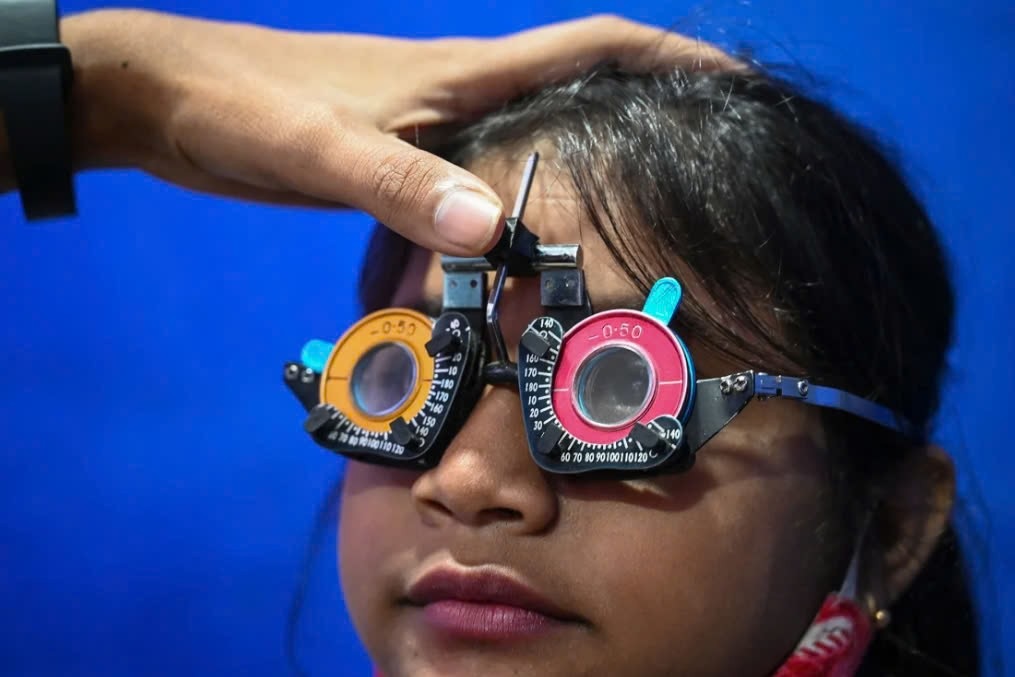
Myopia is expected to continue to rise among children and adolescents worldwide . Photo: Getty Images
Although the prevalence of myopia has been increasing over the years, researchers have noted significant increases following the Covid-19 pandemic. They also noted that this rate varies across regions. According to the article, myopia has now become a major public health issue, with a rapid increase in Southeast Asian countries such as Singapore and China. Children in East Asia have the highest rates of myopia, up to 35%, almost double that of white children.
This may be because East Asian children typically start school at age 2 or 3, earlier than children in other regions. Japan leads the list with 86% of children being nearsighted, followed by South Korea at 74%.
Children living in urban areas have a higher rate of myopia compared to children in rural areas. At the same time, the rate is slightly higher in girls than in boys. Researchers emphasize that young children are more susceptible to environmental factors than adults, and this is especially important for preschoolers, whose vision is still in a period of rapid and sensitive development.
In the future, researchers predict that the rate of myopia will continue to increase in children and adolescents, reaching an estimated 36.6% in 2040 and 39.8% in 2050.
However, there are many steps parents can take to help protect their children's eyesight. Researchers recommend that children develop a habit of regularly practicing eye protection.
1. Increase physical activity: Encourage children to participate in outdoor activities and sports instead of spending too much time on things like watching TV, playing video games and surfing the internet.
2. Reduce academic pressure: Researchers recommend that officials and parents should reduce homework and extra classes, and encourage regular eye exams to detect and treat vision problems early.
3. Follow the 20-20-20 rule: According to Dr. Benjamin Botsford, an ophthalmologist at UMass Chan School of Medicine, parents should guide children to follow the “20-20-20” rule, meaning a 20-second break after every 20 minutes of electronic device use, and look into the distance about 20 feet (approximately 6 meters). This helps relax the eyes and reduces the risk of eye strain and dry eyes.
4. Reduce close reading: Limiting close reading and reducing the time spent using electronic devices will help slow down the progression of myopia in children.
5. Engage in outdoor activities: Allowing children to play and engage in outdoor activities will have a positive impact on their eyesight.
These measures not only help reduce the risk of nearsightedness but also improve children's overall health.
Ha Trang (according to CNN)
Source: https://www.congluan.vn/1-3-so-tre-em-tren-toan-the-gioi-bi-can-thi-post314127.html






![[Photo] The captivating scenery of the fragrant maple forest in Quang Tri](/_next/image?url=https%3A%2F%2Fvphoto.vietnam.vn%2Fthumb%2F1200x675%2Fvietnam%2Fresource%2FIMAGE%2F2025%2F12%2F10%2F1765353233198_lan09046-jpg.webp&w=3840&q=75)
![[Photo] Explore the US Navy's USS Robert Smalls warship](/_next/image?url=https%3A%2F%2Fvphoto.vietnam.vn%2Fthumb%2F1200x675%2Fvietnam%2Fresource%2FIMAGE%2F2025%2F12%2F10%2F1765341533272_11212121-8303-jpg.webp&w=3840&q=75)




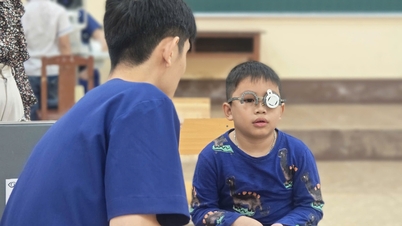

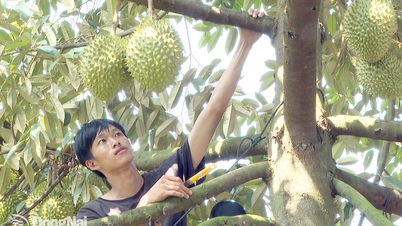

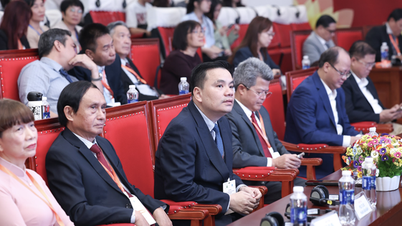




























![[Video] The craft of making Dong Ho folk paintings has been inscribed by UNESCO on the List of Crafts in Need of Urgent Safeguarding.](https://vphoto.vietnam.vn/thumb/402x226/vietnam/resource/IMAGE/2025/12/10/1765350246533_tranh-dong-ho-734-jpg.webp)














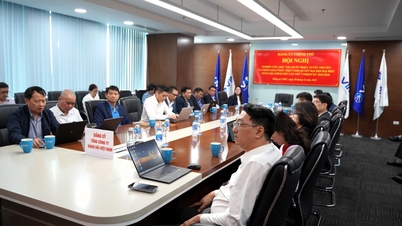


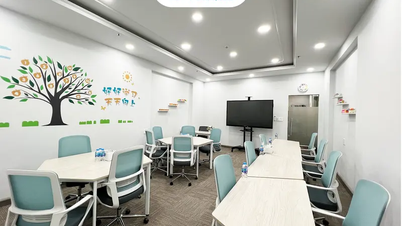









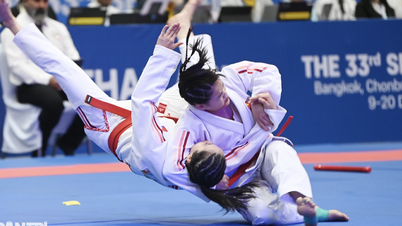

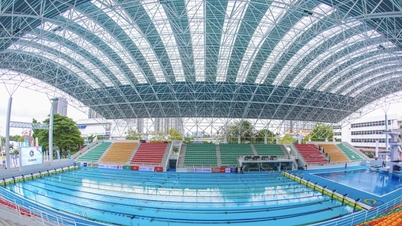
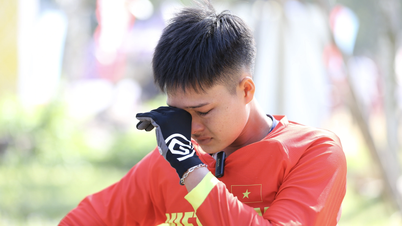
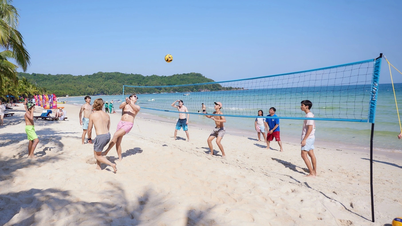


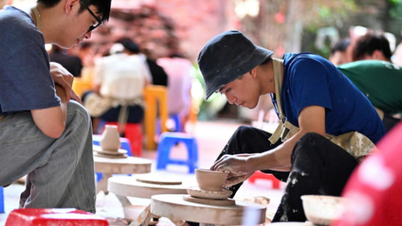






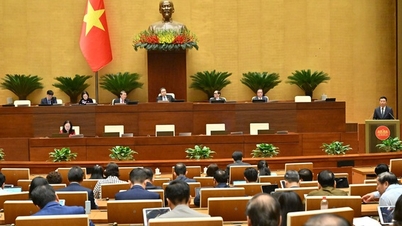

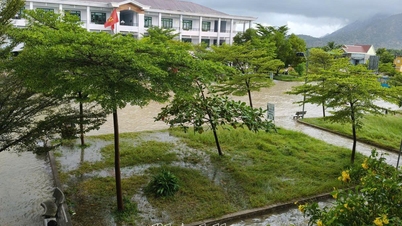




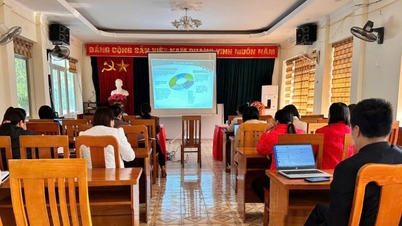






















Comment (0)